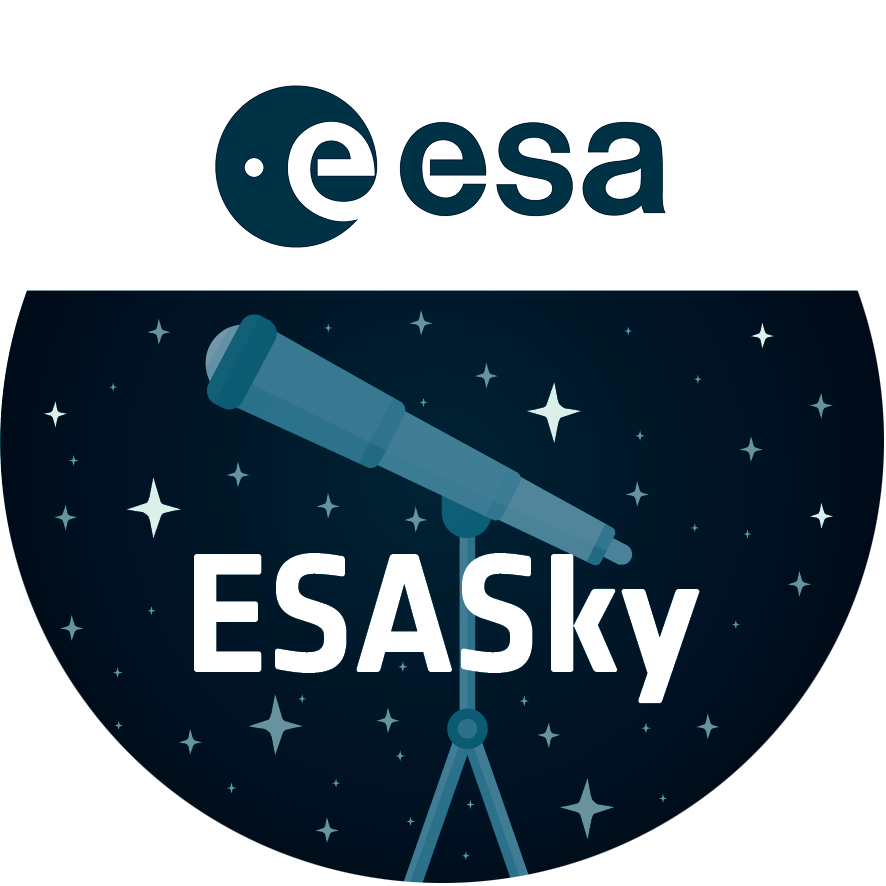Evolution in slow motion
It is known today that merging galaxies play a large role in the evolution of galaxies and the formation of elliptical galaxies in particular. However there are only a few merging systems close enough to be observed in depth. The pair of interacting galaxies picture seen here — known as NGC 3921 — is one of these systems.
NGC 3921 — found in the constellation of Ursa Major (The Great Bear) — is an interacting pair of disc galaxies in the late stages of its merger. Observations show that both of the galaxies involved were about the same mass and collided about 700 million years ago. You can see clearly in this image the disturbed morphology, tails and loops characteristic of a post-merger.
The clash of galaxies caused a rush of star formation and previous Hubble observations showed over 1000 bright, young star clusters bursting to life at the heart of the galaxy pair.
Credit:ESA/Hubble & NASA
Acknowledgement: Judy Schmidt (geckzilla.com)
About the Image
| Id: | potw1537a |
|---|---|
| Type: | Observation |
| Release date: | 14 September 2015, 10:00 |
| Size: | 4130 x 3954 px |
About the Object
| Name: | NGC 3921 |
|---|---|
| Type: | Local Universe : Galaxy : Type : Interacting |
| Distance: | 270 million light years |
| Constellation: | Ursa Major |
| Category: | Galaxies Stars |
Image Formats
Wallpapers
Coordinates
| Position (RA): | 11 51 7.12 |
|---|---|
| Position (Dec): | 55° 4' 45.11" |
| Field of view: | 2.73 x 2.61 arcminutes |
| Orientation: | North is 147.8° left of vertical |
Colours & filters
| Band | Wavelength | Telescope |
|---|---|---|
| Optical 555W | 540 nm |
Hubble Space Telescope
WFPC2 |
| Optical 814W | 794 nm |
Hubble Space Telescope
WFPC2 |
| Optical 555W | 540 nm |
Hubble Space Telescope
WFPC2 |
| Optical 814W | 794 nm |
Hubble Space Telescope
WFPC2 |


